The Gray Area Arts Foundation (GAFFTA) is a year-old downtown San Francisco arts/gallery space run by a young and forward-thinking crew that’s using digital art & media to help open new perspectives on urban life, and more specifically on life and events in their surrounding Tenderloin neighborhood.
GAFFTA is located at the foot of Taylor Street near Market. How an old porn theater and a liquor store became a community arts space is an engaging and even heroic story which you can explore on their website [www.gaffta.org] The current space – the first of three similarly sized spaces destined to occupy the entire corner is smartly designed with high ceilings, alcoves and side rooms, and an upstairs mezzanine overlooking the gallery below.
My first visit was on Mayday for a one night event called Alchemy produced by the arty/tech Burner crew False Profit [www.false-profit.com]. It proved to be a night full of all sorts of arty and interactive fun and games. I left grateful not only for False Profit, but also for this new and adventurous venue.
My second visit to GAFFTA was on June 11th for the opening night of a festival co-produced by GAFFTA and KQED called “City Centered” – a festival of “Locative Media and Urban Community.” Locative media (basically connecting digital tech to analog place) is new and exciting stuff, and it was clear from their schedule of events, that they were attempting a serious and fairly comprehensive survey of the field.
FRIDAY night’s gallery reception was for a show called “SENSEable Cities: Exploring Urban Futures.” It featured a range of projects generated since 2003 by MIT’s SENSEable City Laboratory. These projects looked at how data could be extracted from various sources and used to interpret and contextualize patterns of human and technology-mediated behavior. It’s high-end research-based creative work – abstract and “clean” but with some clever surprises as well. This type of work seems very much in line with the projects being done by GAFFTA’s local team of artist/developers. The SENSEable Cities show remains up until August 11, so GO check it out.
That same night I reconnected with new media vet and GAFFTA board member Peter Hirshberg, who played a leading role in the birthing of the enterprise. He introduced me to GAFFTA’s Executive Director, Josette Melchor. As the conversations continued, I ended up being among the last to leave that night. Here is a link to a presentation the two of them did for TEDX Silicon Valley this past spring.
SATURDAY day consisted of a “free” locative media symposium held at KQED with panels that addressed both its political and social applications. Unfortunately, I could not attend. I will try to locate a report somewhere.
SUNDAY was the Art Walk day from 10am-4pm. Ten curated projects had been funded and were mostly positioned around the Taylor and Market intersection. As I had been up till dawn that morning, getting my “fuzzy” self into the city by mid-day was an indication of my determination not to miss what was happening.
Among the projects I saw..
The Tenderloin Tech Lab is a busy neighborhood technology training center, which showed some interesting neighborhood-related location projects; one that mapped existing Wi-Fi networks and another that tracked nearby decibel levels. There was also a web project that captured sound narratives of Tenderloin residents and lab users.
Stefano Corazza’s virtual reality installation over at the legendary Luggage Store Gallery, put you in the POV of a seagull requiring you to use your wide-spread arms to fly over San Francisco.
Some faculty members from Georgia Tech had come to demo “Urban Remix” – a free iPhone app which allows you to easily record sounds and take photos and upload them to a central server which an on-site sound designer then downloaded and remixed live. As a live event producer always looking for new ways to engage audiences, this is the kind of development track that I find especially interesting.
Several blocks away on O’Farrell between Van Ness and Polk, radio producer Krissy Clark’s “Block of Time” had you standing in front of marked doorways as you called a cell phone number and listened to a story specific to that historical spot.
Matthew Roberts’ “Simple Steps” sent folks walking the neighborhood with a simple digital camera attached to their arm and automatically capturing images of the rarely noticed space over their heads.
I had several extended conversations with various attendees and artists, and left not only appreciative of the considerable effort that went into presenting the festival, but also for the existence of this new Bay Area arts organization that had the vision to even conceive it!
I encourage you to sign up for their mailing list, attend their shows and support them however you can. Here’s their YouTube trailer.

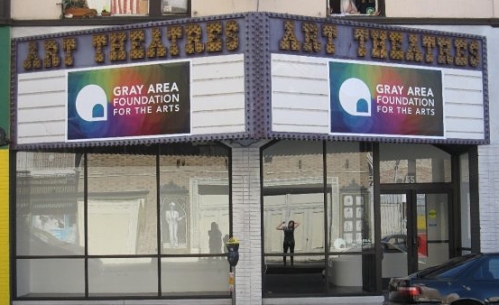
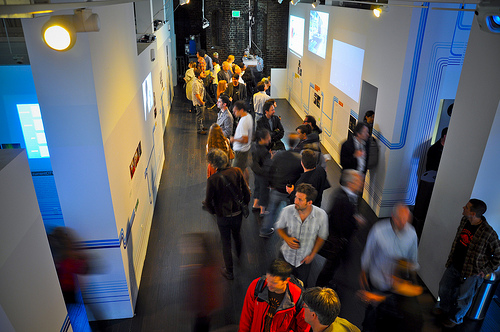
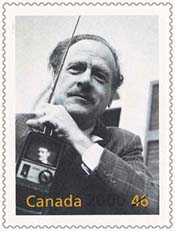
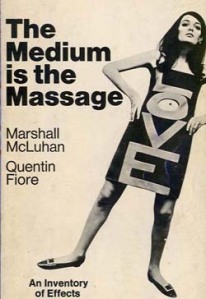
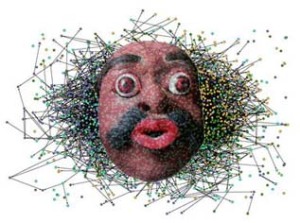
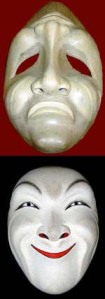
You must be logged in to post a comment.